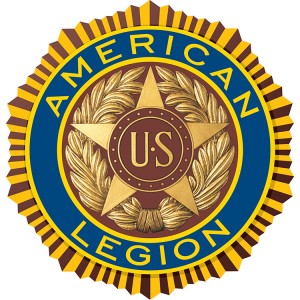National Purple Heart Day
Monday, August 7th, 2023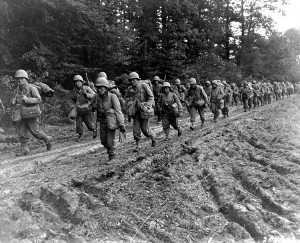
Purple Heart Battalion was the nickname given to a Japanese American unit in the United States Army during World War II (1939-1945). The unit was officially the 100th Battalion of the 442nd Regimental Combat Team.
Credit: U.S. Army Photo/US National Archives
Today, August 7th, is National Purple Heart Day! Why is it called a Purple Heart? And who has received the admirable honor?
The Purple Heart Medal was first called the Badge of Military Merit which was an honor only given to Privates, Corporals, and Sergeants (see Military Rank). George Washington created the award in 1782 to recognize soldiers who excelled in bravery and service. The first recipients were Army soldiers William Brown and Elijah Churchill who served in the American Revolution. Washington designed the medal, a heart made out of purple cloth. In 1932, Army Gen. Douglas MacArthur redesigned the medal as gold medal in the shape of a heart with George Washington on it held by a purple ribbon. Later in 1942, President Franklin Delano Roosevelt changed the eligibility of recipients to include posthumous (after death) recognition and people wounded and injured in battle in all branches of the military. Over the years, more changes have been made to the eligibility for the Purple Heart.
Many people have earned a Purple Heart for their service. Author Kurt Vonnegut was awarded a Purple Heart after he was held captive in Dresden, Germany, during World War II (1914-1918). He saw that city’s destruction by British and American bombing in 1945. His response to that event is reflected in Slaughterhouse Five (1969).
President John F. Kennedy received a Purple Heart for his service in the Navy following the Japanese attack on Pearl Harbor. A Japanese destroyer cut Kennedy’s boat in two. Two of the crew were killed. Kennedy led the 10 other men to safety despite an injured back from the attack. For his heroism and leadership, Kennedy received the Navy and Marine Corps Medal. For being wounded in combat, he was awarded the Purple Heart.
American football player Pat Tillman also received a Purple Heart. Tillman played for the Arizona Cardinals in the National Football League. After seeing the devastation of the September 11 terrorist attacks upon the United States, Tillman enlisted in the military. He was later killed in the line of duty while serving in the Afghanistan War in 2004. Following his death, Tillman was awarded the Silver Star, for valor in combat, and the Purple Heart, awarded to those injured or killed in the line of duty.
United States Senator Tammy Duckworth received a Purple Heart after her helicopter was shot down by a rocket-propelled grenade in 2004. She lost both legs and some of the use of her right arm.
Other recipients of the Purple Heart include pilot Joseph Jacob Foss, marine and former United States secretary of veterans affairs Jesse Brown, the first Asian American to serve in the Senate and the House of Representatives Daniel Ken Inouye, and Senator John McCain. Two service animals, Sgt. Stubby the dog who served in World War I and Sgt. Reckless the horse who served in the Korean War, received the award for their efforts. Animals are no longer eligible for the Purple Heart.

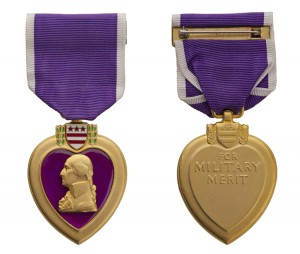
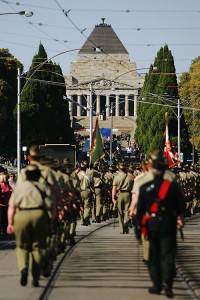
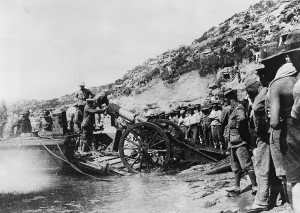
![First organizational meeting of the American Legion in Paris, France. Caucus was held March 15,16,17 1919 and convened by members of the American Expeditionary Force (AEF). Writing in pencil on back of the photo reads, "Spring 1919 Cirque de Paris First [illegible] Legion Convention 3-day organization meeting." Credit: Harry S. Truman Library & Museum](https://bth.worldbook.com/bth/wp-content/uploads/2019/02/pc381715-300x188.jpg)
